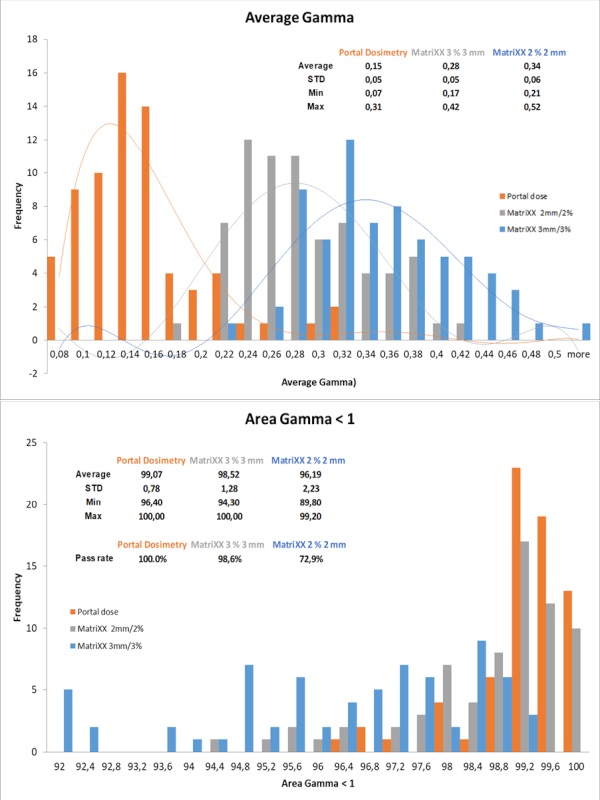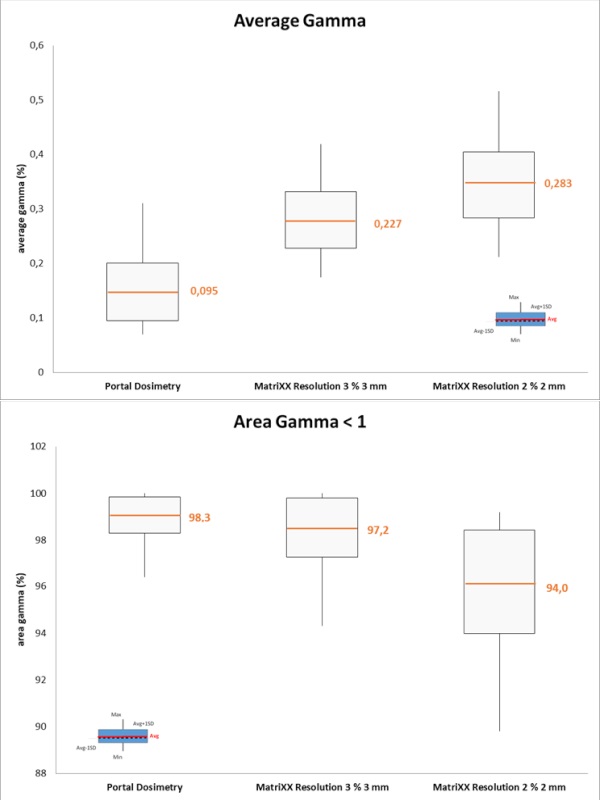Investigating the relevance of the MatriXX Resolution array in dosimetric verification of SBRT plans
Maciej Raczkowski,
Poland
PO-1548
Abstract
Investigating the relevance of the MatriXX Resolution array in dosimetric verification of SBRT plans
Authors: Maciej Raczkowski1, Tomasz Siudziński1, Marzena Janiszewska1
1Lower Silesian Oncology Centre in Wroclaw, Medical Physics Department, Wroclaw, Poland
Show Affiliations
Hide Affiliations
Purpose or Objective
The purpose of this study is to present the
feasibility of using IBA's MatriXX Resolution array, for dosimetric
verification of SBRT plans. Is the use of a limited resolution matrix based on
ionization chambers in small field dosimetry a good idea? The portal dosimetry
(PD) method based on a-Si detectors provides adequate resolution, but is it a
sensitive enough method for SBRT plans. In the presented paper, both methods
were compared in an attempt to prove the thesis contained in the title - the
usefulness of the investigated method for the verification of SBRT plans.
Material and Methods
Dosimetric verification of SBRT plans was
performed for selected sites: bone metastases, spine, lung and lymph nodes. All
plans were performed using the Eclipse TPS ver. 15.6 for the VMAT technique using an HD MLC
collimator. Depending on the location, the dimensions of the applied fields
varied from 3x3 to 7x7 cm2 (maximum dimensions of dynamically
modulated fields). The range of measured doses was 6-18 Gy per fraction.
Measurements were performed on the TrueBeam accelerator ver. 2.5. Verification
for PD plans was performed in Portal Dosimetry application ver. 15.6, for the
tested method in myQA Patients application ver. 2.12. For measurements the
following were used: EPID a-Si 1200 from Varian and MartriXX Resolution placed in MiniPhantomR from IBA.
Results
The developed result was statistically compared
for two parameters converging in both methods: Area Gamma<1 and Average
Gamma (Figure 1). For the PD method, the
resolution of the gamma parameter was set at 2%/2mm. Two data sets were
prepared in myQA Patients for the 3%/3mm and 2%/2mm gamma criterion. The statistics in the graphs (Figure 1) show
that the measurements with the MatriXX array are characterized by a higher
average gamma, which entails a lower Area Gamma< 1 and thus a lower pass
rate. This difference increases as the gamma parameter decreases from 3%/3mm to
2%/2mm. The standard deviation reaches higher values for the tested method and
this is a consequence of more outliers. Does this mean a higher sensitivity of
the method based on MatriXX array ? A careful analysis of the extreme values
obtained for the investigated method, which go beyond the accepted criteria of
agreement, shows however that the detector resolution is the critical parameter
for fields with a high dose gradient.
Conclusion
The performed measurements showed, that the
method of verification of SBRT plans using the MatriXX Resolution array, can be
used as an independent method. This is confirmed by the average values of the
parameters, Area Gamma < 1 and Average Gamma, presented in Figure 2. In the
case of the tested method, the gamma criterion of 2% and 2mm can be
successfully applied. However, for the group of plans characterized by a high
dose gradient, it is advisable to increase this value to 3% and 3mm.